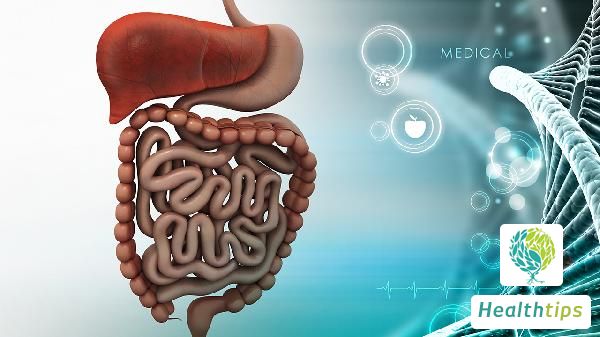What are the normal ranges for high-density and low-density lipoproteins?

When people undergo physical examinations, they tend to pay close attention to cholesterol levels, especially the standards for low-density lipoprotein cholesterol (LDL-C) and high-density lipoprotein cholesterol (HDL-C), which vary. Generally, the normal range for LDL-C does not exceed 3.36 mmol/L, while the normal value for HDL-C in males is 1.16 to 1.42 mmol/L, and for females, it is 1.29 to 1.55 mmol/L.
1. Normal Range of LDL-C
For individuals without hypertension or diabetes, the normal range of LDL-C does not exceed 3.36 mmol/L. Some laboratories set the upper limit of normal at 4.14 mmol/L. However, for those with hypertension or diabetes, LDL-C should be controlled below 2.6 mmol/L to prevent atherosclerosis.
2. Normal Range of HDL-C
The normal values for HDL-C differ between males and females, with males ranging from 1.16 to 1.42 mmol/L and females from 1.29 to 1.55 mmol/L. HDL-C is considered "good" cholesterol and beneficial to the body. When HDL-C levels decline, it may lead to coronary heart disease, atherosclerosis, and hyperlipidemia. It is essential to maintain a balanced diet in daily life, avoiding high-cholesterol foods and consuming more fruits and vegetables.
3. Other Considerations
When LDL-C falls below a certain level, it can have adverse effects on the body. If LDL-C levels are ≤1.4 mmol/L, the risk of atherosclerosis events, such as myocardial infarction, cerebral infarction, lower extremity atherosclerosis, and intermittent claudication, increases. Therefore, the management of LDL-C needs to be stratified based on each patient's health condition, with different targets set accordingly.



















